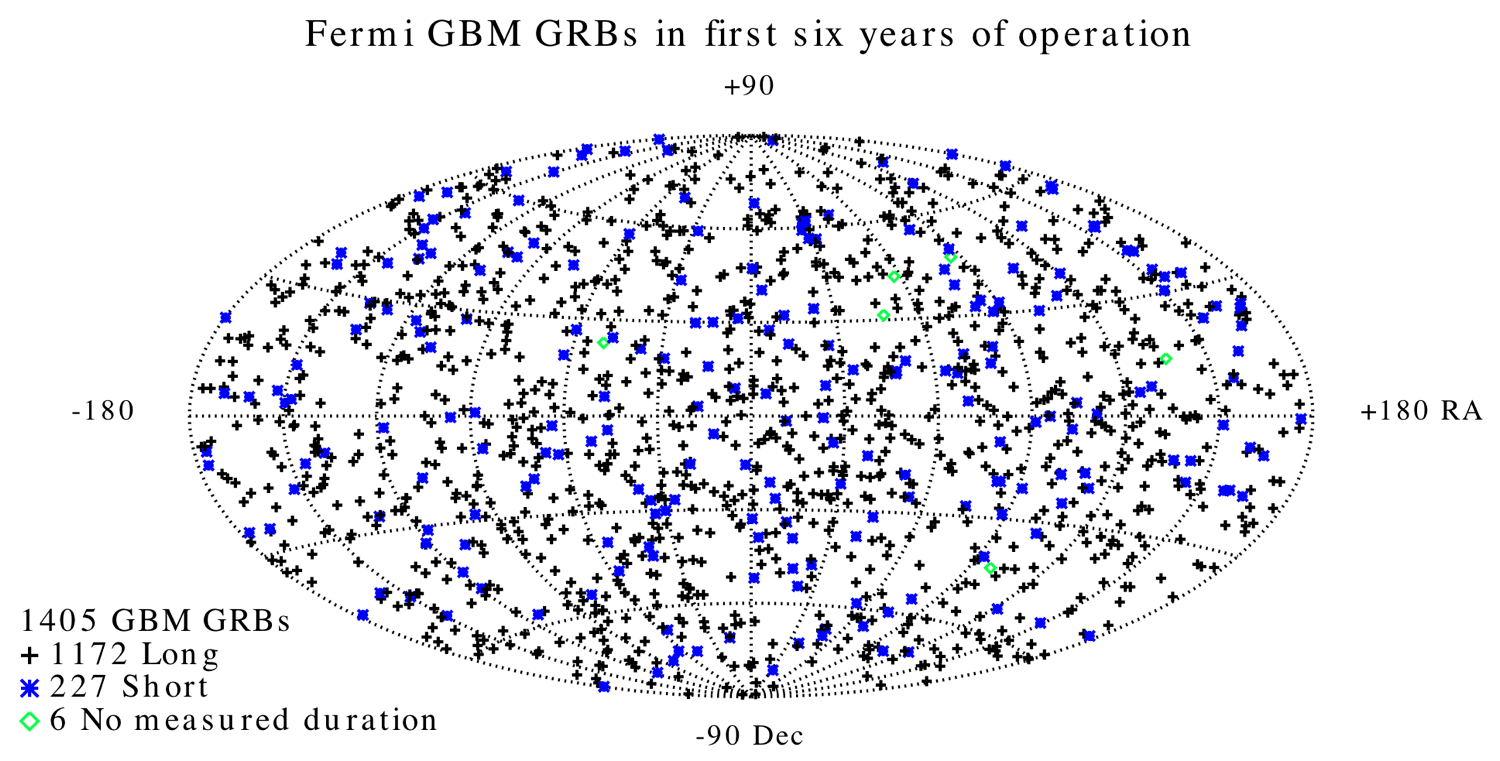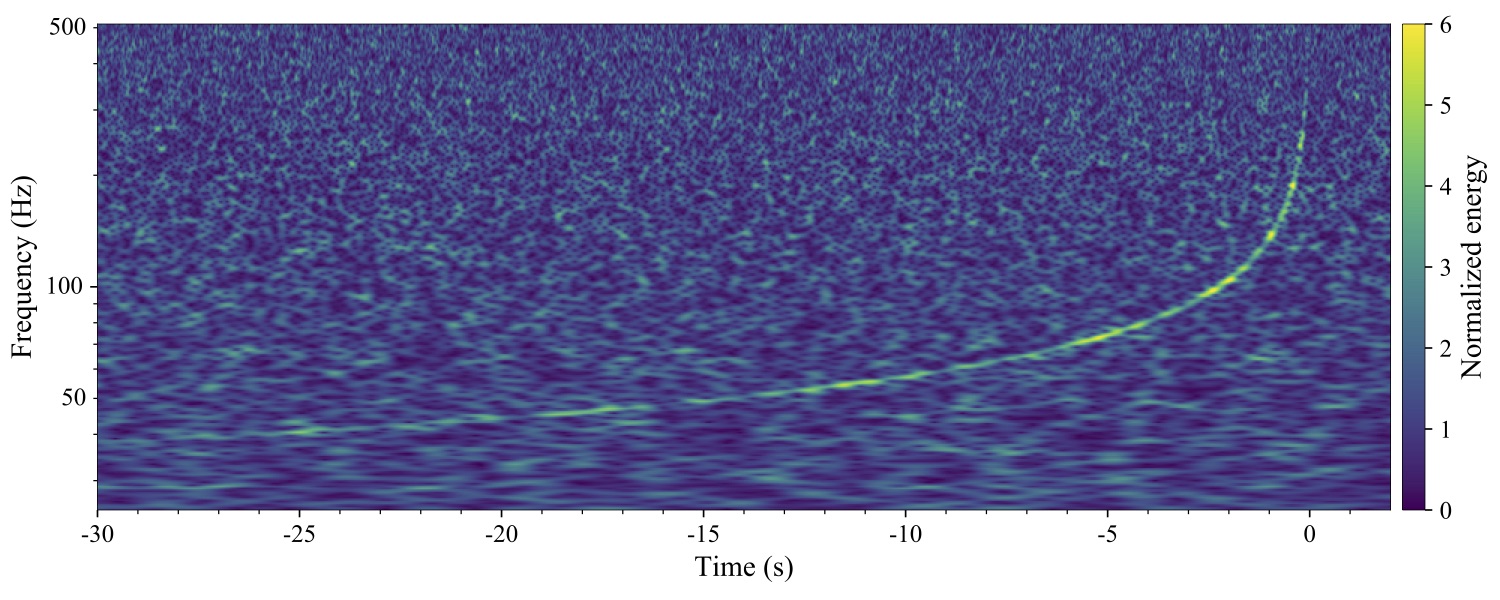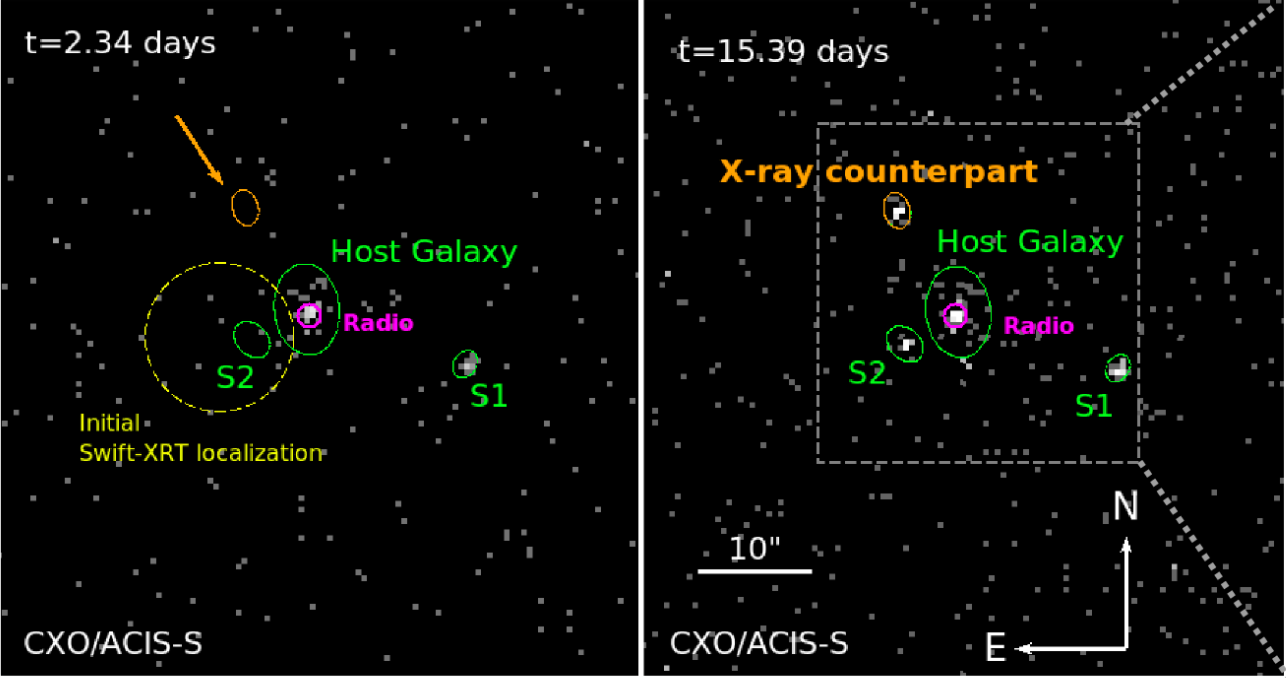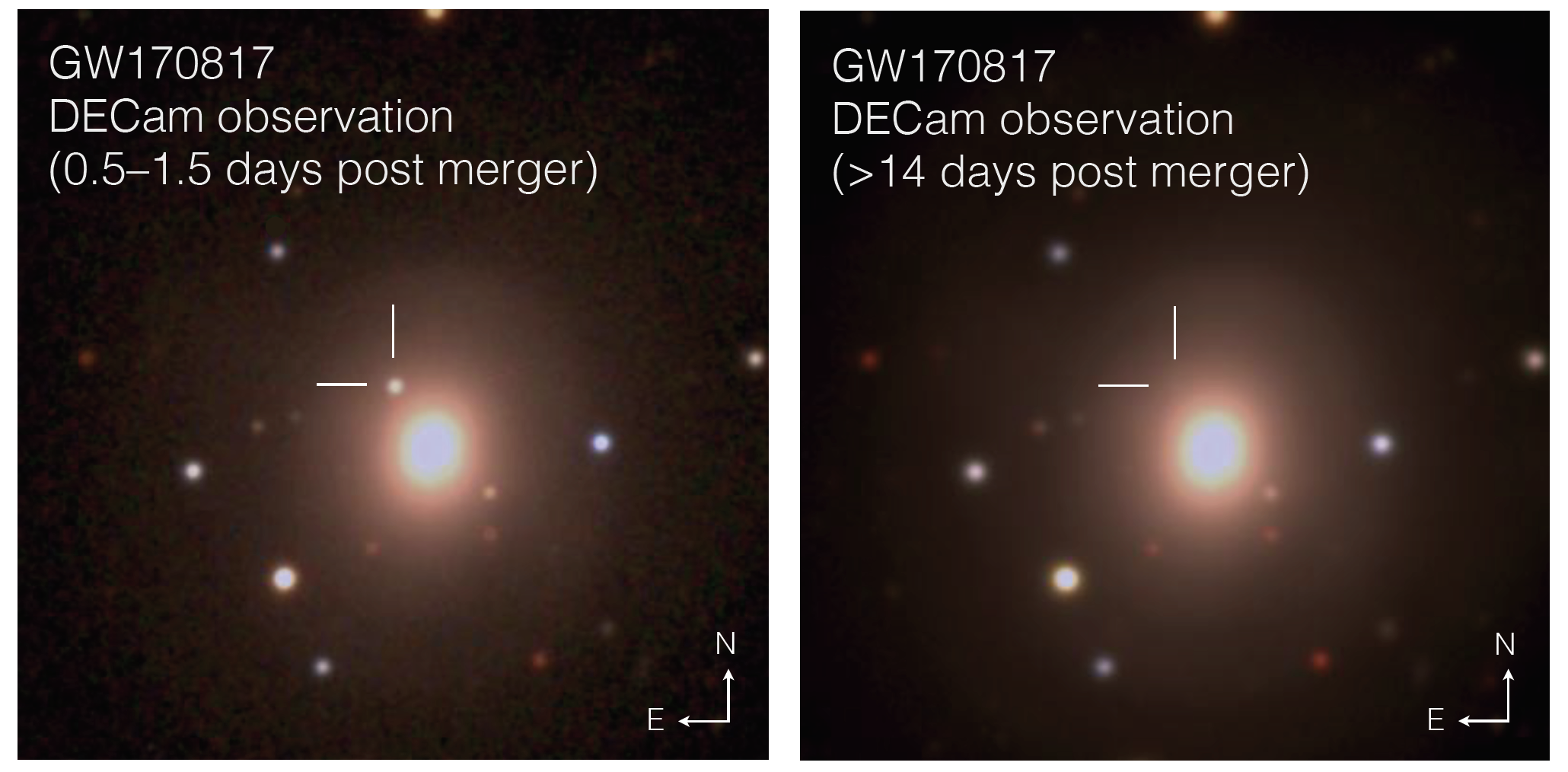Astronomy has entered a new era, one where light and gravity both play a role in understanding the Universe’s craziest phenomena. On August 17, 2017, over 70 observatories around (and above) the world, including ones like LIGO and the Hubble Space Telescope, all spotted a flash of energy. This light came in many different flavours, and was consistent with a pair of dense neutron stars colliding in a cataclysmic “kilonova” explosion.
Image:NASA’s Goddard Space Flight Center/CI Lab
With all of those different telescopes comes lots of different data — and lots of things to learn. You’re probably familiar with the fact that light travels as a wave of radiation, and the colour is determined by the distance between wave peaks, or wavelength. The distance between peaks for the colour blue is around 450 nanometres, and around 700 nanometres for the colour red. But there are much smaller and larger wavelengths, too. X-rays pack many more waves into a space, with wavelengths of around one nanometre, while gamma rays have wavelengths around .001 nanometres. Radio waves are more spread out, with maybe a millimetre between peaks.
The addition of gravity to the light spectrum is what made the August 17 event special — scientists had more than just visible observations of electromagnetic radiation. Now, they could understand the masses and the way these masses changed the shape of space when they interacted. But each different wavelength of light fills in a different part of our overall understanding, like another ingredient in a recipe. Adding gravity gives the context — like the cooking instructions.
Gamma-rays

Image: Fermi Gamma-ray Telescope
Gamma-ray bursts set up the problem. Scientists have been aware of strange flashes of gamma-rays in the sky since the 60s, and have known that they must be coming from the most energetic explosions in the Universe. The Fermi Gamma-ray Space Telescope spots these bursts 240 times a year. They appear to cluster on graphs as either short (less than two seconds in duration) or long (greater than two seconds in duration). They cue scientists to the fact that something crazy is happening, and whatever it’s doing, it’s accelerating particles to immense energies. Somehow, some event would have needed to create an enormous amount of energy in a small amount of space and over a short amount of time.
The gamma-ray burst Fermi found on August 17, called GRB 170817A, was routine, according to the published paper. The excitement came a little bit later when the scientists heard there were more than just gamma-rays involved.
Gravitational Waves

Image: LIGO
Before LIGO, researchers could see these gamma-ray bursts but couldn’t be sure what they were or how far away they were happening. “We suspected first of all that short gamma ray bursts came from the merger of neutron stars but had no other way to telling,” explained Imre Bartos from the University of Florida. It was the gravitational waves detected at the LIGO detector in Washington State two seconds before the August 17 gamma-ray burst that caused the response from every other telescope when they were reported a little later, and gave away the identity. They called this event GW 170817.
Incoming gravitational waves allowed researchers to decode the specifics of the collision and determine its distance. The initial observation consisted of a two-minute-long tiny rippling of spacetime, increasing in frequency before stopping. The mathematical analysis revealed that this would most likely have been produced by two things colliding and merging, both weighing between one and two times the mass of the Sun.
Knowing the distance also allowed scientists to make a new calculation about how quickly the universe is expanding. It also implied that these gamma ray bursts, once thought to happen very far away, were happening much closer than researchers thought. “It says what we thought we knew about short GRBs might not be the full story,” explained Julie McEnery from the Fermi Gamma-ray Telescope. This specific event was weaker than scientists would have expected for a burst at that distance, meaning the gamma rays were probably blasted from a jet that was not pointed directly at us.
X-rays and Radio Waves

X rays appearing after several days (Image: Chandra X-ray Telescope)
X-rays were important because, well, scientists didn’t see any x-rays at first. The Chandra X-ray telescope didn’t spot any x-rays from the colliding neutron stars until August 26. This added evidence to the above guess, that the burst of gamma rays wasn’t pointed directly towards Earth. If it was, we’d see x-rays alongside the gamma-rays immediately. Instead, these x-rays came after the initial jet of particles slowed down and spread out, according to a press release.
Radio waves confirmed this spreading, too — scientists first reported radio waves on September 2. When they looked at mathematical models, their observations would also be best explained by the colliding stars creating a jet of radiation not pointed directly at Earth.
Ultraviolet, Optical, and Near-Infrared

Image: Hubble Space Telescope
Some of the craziest science from the binary neutron star merger occurred from deconstructing the light our eyes can see, as well as the light just beyond those wavelengths, like infrared and ultraviolet. The Dark Energy Camera first spotted the new source that wasn’t present before, located in the same place as the gamma-rays and gravitational waves. The optical light was unlike other temporary light sources scientists have observed, according to one of the released papers. The source brightened in one day then dimmed rapidly, turning from blue to red. It was missing many of the visible light features associated with supernovae.

Image:M. Soares-Santos, D. E. Holz, J. Annis, et al., ApJ (2017)
Combining ultraviolet light with optical light, a team of scientists determined the kilonova started blue before quickly reddening, ejecting blue stuff .03 times the mass of the sun at velocities around 0.3 times the speed of light. These data would be best explained by two neutron stars smaller than 12 kilometers in radius (that’s around the area of Omaha, Nebraska) blasting out lots of elements heavier than iron but with atomic masses less than 140. That means heavier elements still lighter than cerium or lanthanum, like silver.
Adding infrared observations to the mix provided an even more complex story — a slower piece of the jet containing red stuff .04 times the mass of the sun with velocities around 0.1 times the speed of light. This second beam was consistent with scientists’ models implying the the stars left behind elements even heavier than lanthanum.
“There was a mystery of elements like gold, platinum and uranium,” explained Edo Berger, astrophysicist at Harvard University. “The origin wasn’t really known… The infrared and visible light, when we looked at the spectrum, just shows direct fingerprints of these elements being formed. That’s amazing.”
Lots of different telescopes analyse just one kind of light, telling us one very specific or mysterious thing about the universe. But yesterday’s discovery shows that actually combining all of those different wavelengths is what truly refines our understanding.
